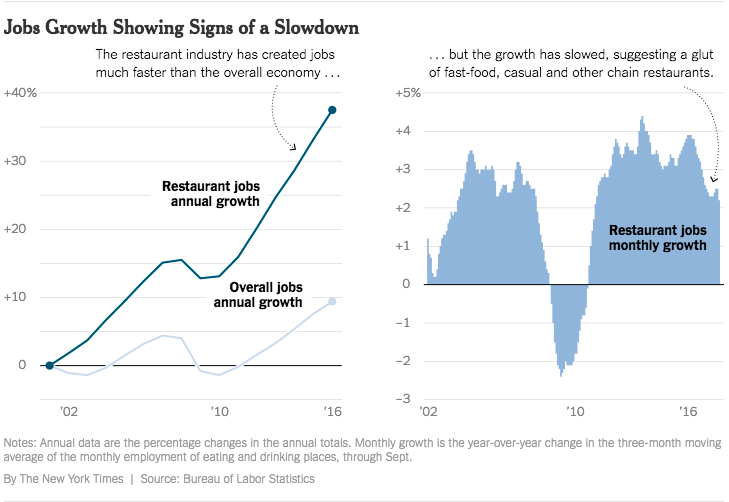Is Blake Mycoskie's Company in Distress?
NPR’s “How I Built This” podcast featuring TOMS Shoes founder Blake Mycoskie is great. But it footnotes a big piece of the TOMS story and neglects another entirely: that Mycoskie sold 50% of the company to private equity firm, Bain Capital. And that the company has debt currently trading at distressed levels and faces a potential liquidity crisis.
Let’s take a step back. TOMS Shoes Inc. is an unequivocal success story and Blake Mycoskie is deserving of praise. He took an idea that was originally meant to be purely charitable and created a company that scaled from $300k of revenue in year one to $450mm in revenue in year seven. His "buy-one-give-one" model has resulted in millions without shoes now having shoes. And the model itself has been copied by Warby Parker, Bombas, and others, across various businesses.
That said, for us, this tweet sparked a renewed interest in the company. Many have speculated for years that the TOMS story isn’t all rainbows and unicorns and that there are unintended consequences that emanate out of the one-for-one model. The report referenced in the tweet drives this point home.
Why is this important now? Because the charity narrative is critical to TOMS. The company cannot afford for the public to sour on the message. Particularly since the company hasn’t been doing so hot lately. Revenue fell nearly 24% YOY in Q2 and EBITDA fell 72% YOY to $5mm. Cash is thinning and the leverage ratio is fattening. S&P downgraded the company back in August. The company's $306.5mm senior secured Term Loan is trading at distressed levels down in the mid 40s, a marked decline from the mid 70s in the beginning of ’17. And that is up from a week or so ago, when it was in the low 40s: this partnership with Apple ($AAPL) and Target ($TGT) helped pump the quote. For those who don't deal in the world of restructuring or distressed investing, a plunge of loan value by nearly 100% is, well, quite obviously a terrible sign. This means, plainly, that the market is pricing in the very real possibility that TOMS will default (and won't be able to pay back its loan in full).
A positive? There are no near term maturities: the $80mm revolver is due in 2019 and the term loan is due in October 2020. Still, at Libor+550bps, the interest rate on the term loan is a minimum of 6.5% which is a cool $21mm in annual interest expense. And that’s before interest rates rise. The company looks like it will have trouble sustaining its capital structure and there’s no indication that the addition of new SKUs will help the company grow into it. With that interest expense, liquidity is going to get tighter. Those of you paying attention have heard this leveraged-buyout-gone-awry-lots-of-interest-expense story before: it’s the same one as Toys “R” Us, rue21, Payless Shoesource, & Gymboree.
According to S&P, the wholesale business is feeling the trickle down effect of pervasively battered retail with inventory orders on the decline. In a thus far successful effort to maintain margin, TOMS is focusing on operational streamlining. We are guessing that some kind of financial advisor is in there (anyone know?). At a certain point, there are only so many costs you can take out of a business. Does anyone think the wholesale business is set to reverse course anytime soon given the state of retail? We don't.
Which brings us back to NPR’s podcast. Celebrating how something is built is great and, again, we are big fans. The series has featured a variety of awesome episodes (email us for recs). But it bothered us that we weren't given the whole story. It's not sexy, we get that, but the company's debt load, interest expense, and private equity history should have been the last chapter. What comes next is to be determined.


